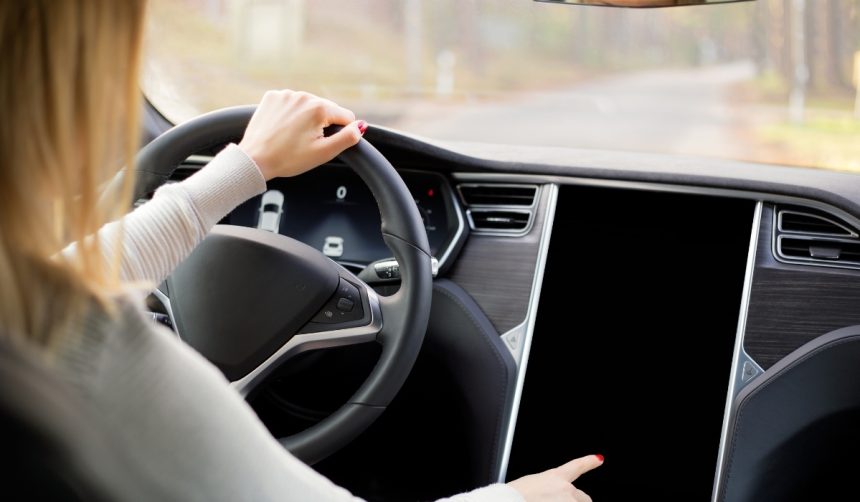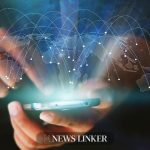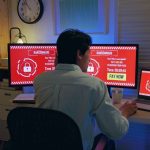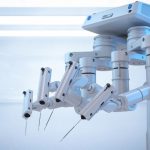Tesla has broadened its Robotaxi platform into California’s Bay Area, indicating a strategic advance into major metropolitan ride-sharing markets. The expansion follows the company’s launch of the service in Austin, Texas, and points toward a gradual rollout across the United States. While the initiative in Austin allowed for driverless vehicles regulated by a Safety Monitor in the passenger seat, the Bay Area deployment is initially adopting a supervised model, with a human operator required behind the wheel. The company notified users about the service availability through its app, stimulating interest among electric vehicle and urban mobility users in the region. This step also positions Tesla to gather insights from different urban environments, which may influence future iterations of its autonomous ride-hailing services.
Earlier releases of Tesla’s Robotaxi in Austin presented a more autonomous operation, with feedback highlighting the unique regulatory landscape that allowed test runs without a driver in the seat. In contrast, California’s stricter guidelines and recent transit policies around autonomous vehicles have led Tesla to introduce the service with direct driver supervision in the Bay Area. The evolving regulatory approaches between states underline the company’s varying deployment strategies. The company’s incremental steps suggest an adaptive progression as Tesla gathers operational data and navigates compliance standards across distinct regions.
How does Tesla’s Bay Area launch differ from Austin?
The primary distinction is the supervised Full Self-Driving (FSD) feature in the Bay Area, which mandates a human driver able to assume control at any moment. Conversely, in Austin, vehicles operate with only a Safety Monitor in the passenger seat, overseeing emergency situations. Tesla refers to its Bay Area operation as a “ride-hailing service,” marking a shift from the terminology used in its Texas pilot. This adaptation aligns with regulatory requirements in California, reflecting Tesla’s responsiveness to local compliance and safety protocols.
What is the operational range of the Bay Area service?
The geofence established by Tesla for the Bay Area is notably extensive, stretching from north of San Francisco to below San Jose, covering approximately 65 miles in length and spanning up to an hour and fifteen minutes of travel time from end to end. This coverage surpasses the more restricted area available in Austin, making the Bay Area launch one of the largest operational footprints for a Tesla ride-hailing trial to date. Such a scale enables Tesla to test the service across varied urban and suburban communities, creating opportunities for broader data collection and service optimization.
What are Tesla’s expansion goals for Robotaxi?
Tesla has indicated plans to gradually extend its Robotaxi platform to additional cities in the coming months. Elon Musk recently projected that roughly half of the United States population could access the Robotaxi service by year’s end. The company underscores this goal as part of a phased strategy to introduce supervised and autonomous vehicles to urban environments nationwide.
Invites to our Bay Area ride-hailing service are going out now
Tesla’s approach allows for regulatory flexibility and consumer adaptation, providing its engineers and data teams with extensive operational metrics. As regional variations continue to shape implementation, the service adjustments in the Bay Area could serve as a template for launching in other cities with complex regulatory requirements. As one update stated,
“Tesla has officially launched Robotaxi in the Bay Area with invites heading out now!”
The difference in geofence size and operational supervision highlights the company’s multifaceted approach to scaling urban ride-hailing platforms amid distinct legal and technical challenges.
Tesla is advancing its Robotaxi initiative with a regionally responsive model, balancing regulatory expectations with technological ambitions. The rollout in the Bay Area introduces supervised ride-hailing while continuing to evaluate the fully autonomous option, which remains in use in Austin. Tracking the service’s scaling and public feedback over the coming months will provide valuable insights into urban mobility, policy compliance, and user acceptance, especially as Tesla targets broader U.S. access. For Bay Area residents and stakeholders in urban transportation, observing this phase allows for a better understanding of the interplay between innovation pace and policy restrictions. Staying informed about local restrictions and updates from Tesla’s app ensures users are prepared for the evolving landscape of autonomous mobility.










